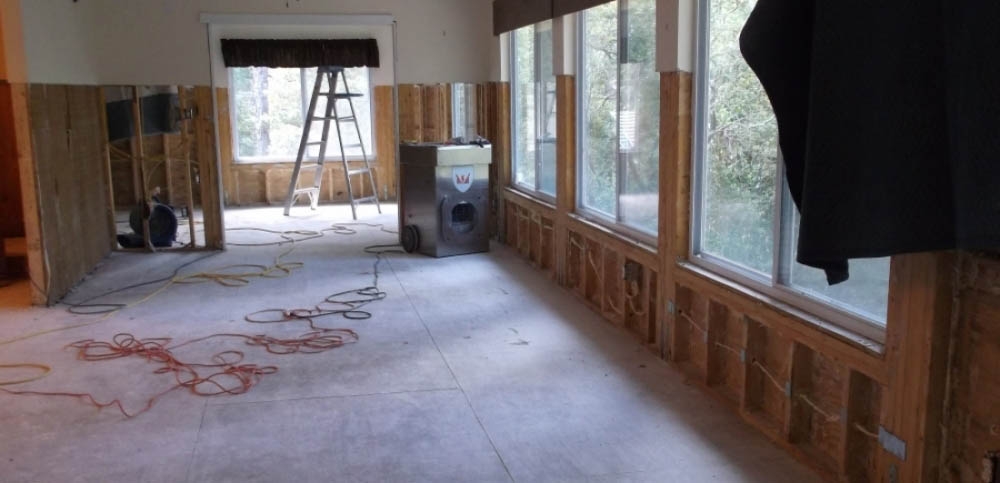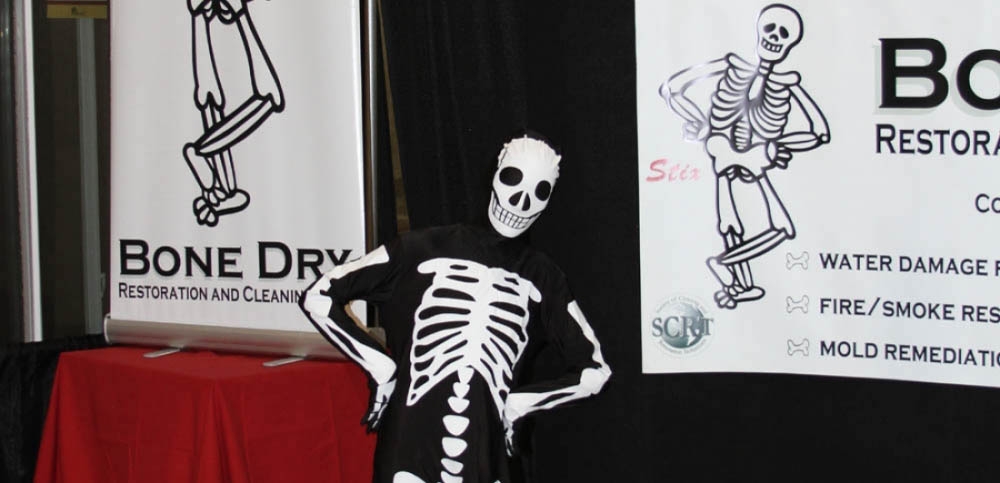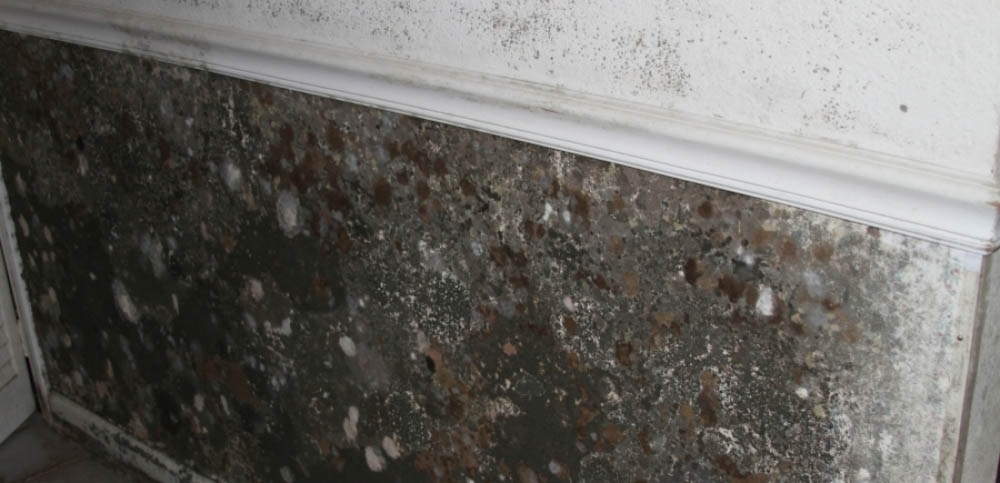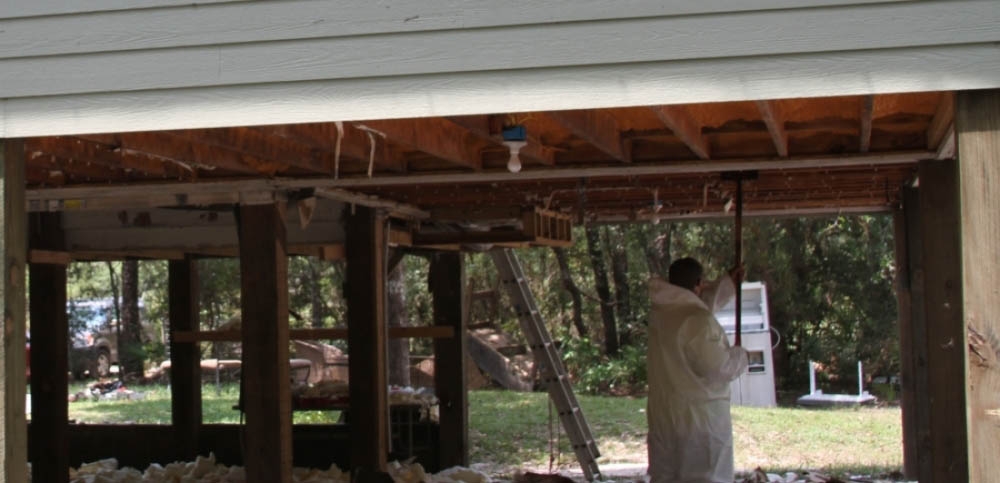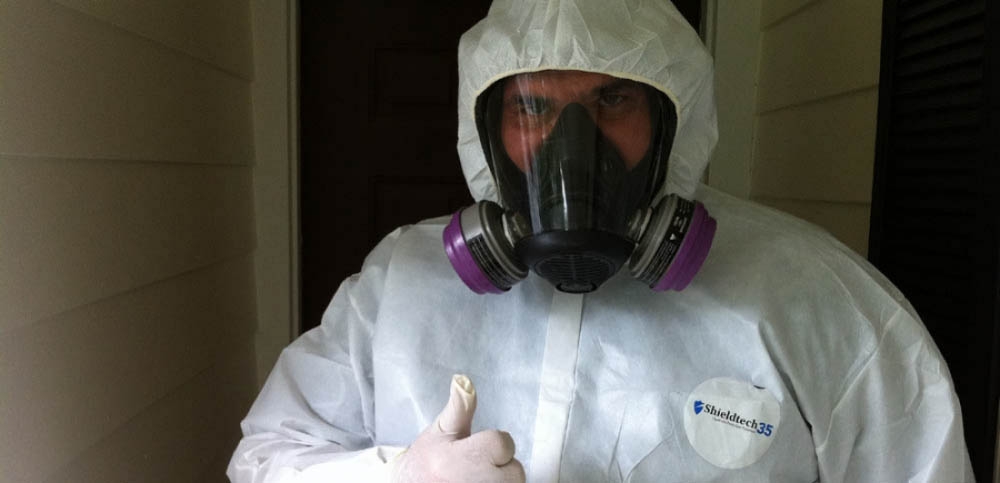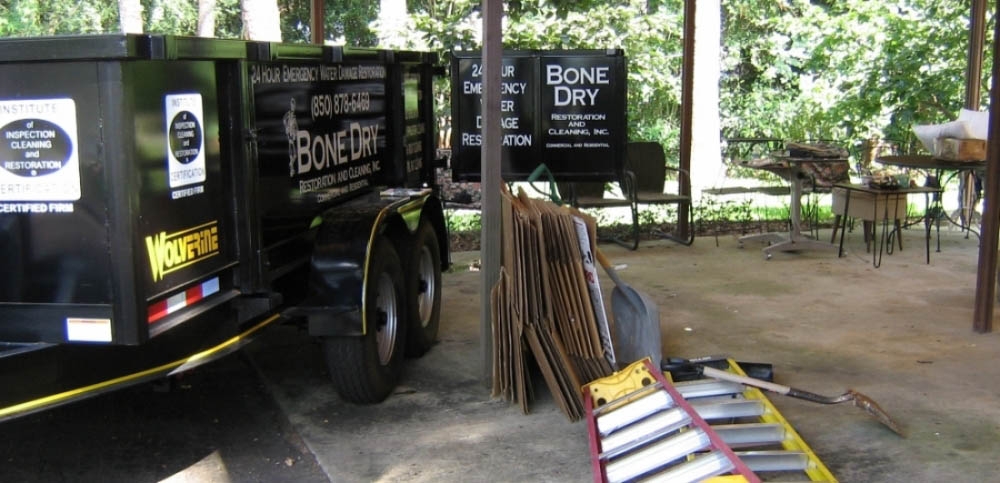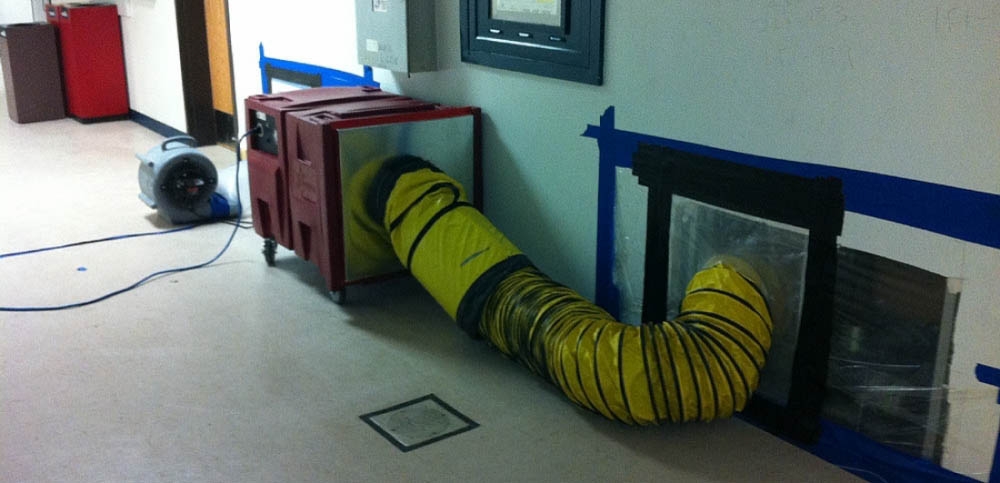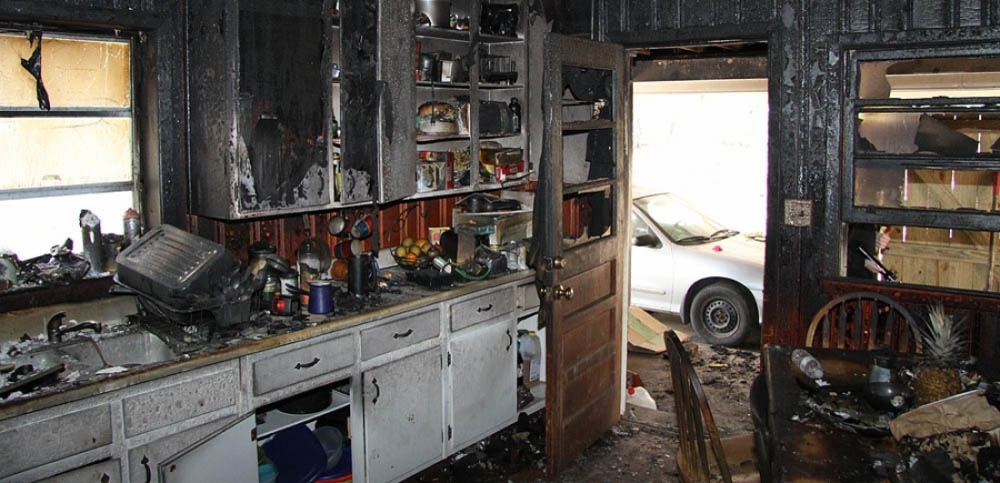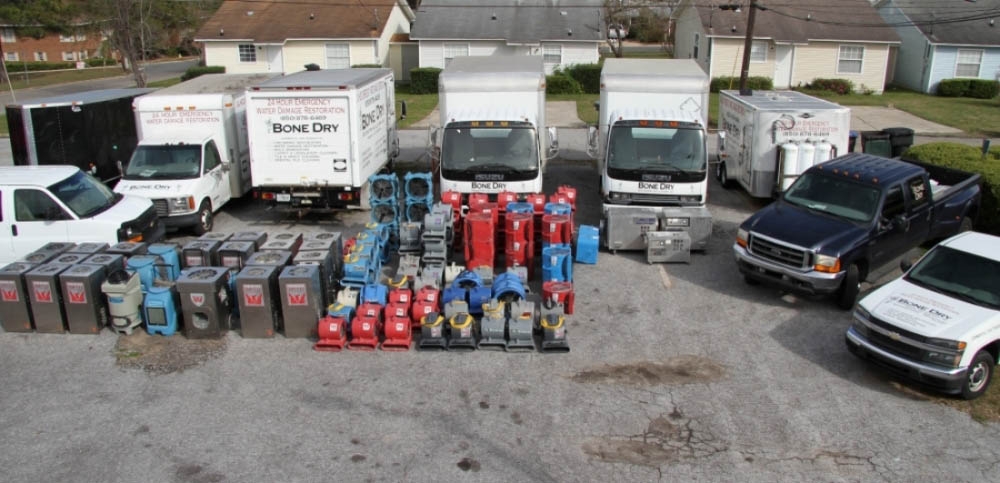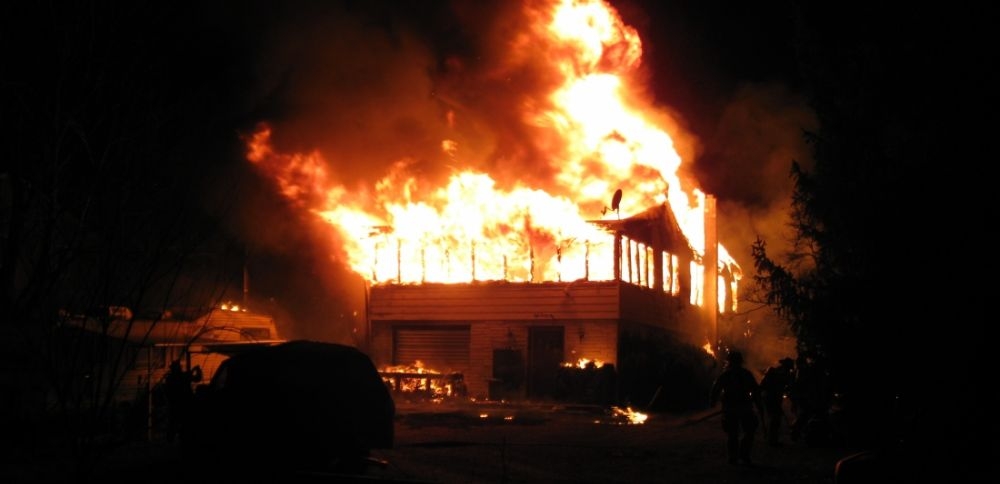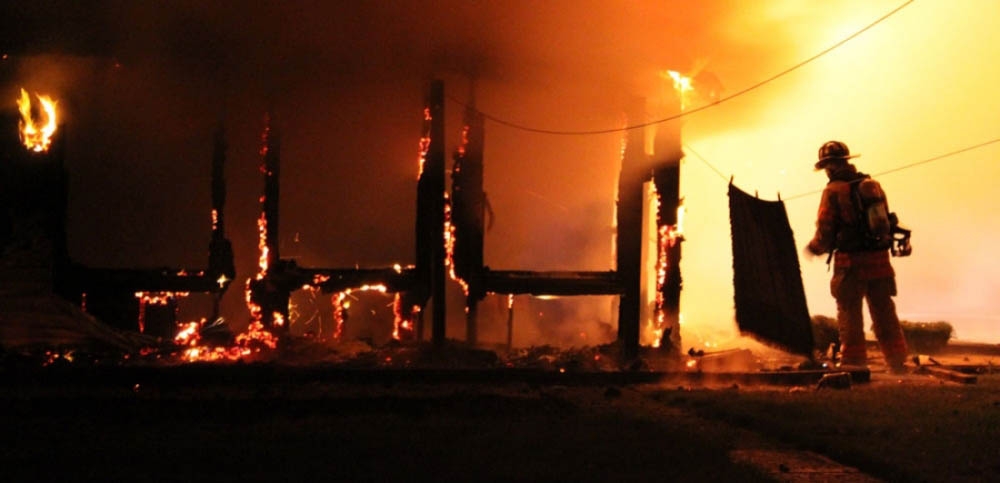Disaster Preparedness
We all know being prepared for anything is important. Being prepared for a disaster is not any different and may actually be the most important thing for your family when dealing with and being able to cope with a disaster.
Regardless the cause of the disaster, water, flooding, hurricane, tornado, fire, or something else, an emergency plan will help your family answer these questions:
- If we separated, how will I know my children and other family members are safe?
- How will my family find each other when the danger is gone?
- Where can my family meet once the danger has passed?
Emergencies and disasters happen without notice and usually suddenly and may cause your family to be unable to leave your home or cause your family to have to evacuate your home, your neighborhood, maybe even your city. Consider what you would do if the basic services you use without thinking about, were unavailable for a day, a week, or more. Services like electricity, gas, phones, and water may be cut-off or unable to be used following a disaster.
When the state and local officials along with the volunteers trained to help in a disaster arrive, it is impossible for them to get to everyone immediately. By being prepared and having a plan you will able to cope with disaster in advance. During this your family will need to work as a team.
Ultimately, it is your responsibility to know what needs to be done in case of emergency. As a parent, educating and teaching your children how to act when a disaster occurs, is the best way you can protect your children and family.
There are steps to being prepared and you are well on your way just by the fact your are here:
Gather Information
It is important your family learn about the common threats and hazards in your area. Some areas may be prone to fires. Other areas may get exposed to water damages and floods caused by extreme weather conditions, or tornados.
To gather the information needed to create your emergency plan, contact your local emergency management office or your local American Red Cross chapter. Ask what hazards commonly threaten your community (e.g., hurricanes, floods, earthquakes, and fires).
Knowing how your community prepares for a disaster, community response plans, including who is in charge and emergency phone numbers, evacuation procedures, and the locations of emergency shelters is very important and should be included in your plan. Learn the emergency plans and procedures at places you and your family spend time such as workplaces, schools, and childcare centers.
The National Oceanic & Atmospheric Administration (NOAA) (www.noaa.gov) can provide you with information on a pending disaster. Know how local authorities will notify your community of a pending disaster and how the information be provided during and following a disaster.
Create a Personal Emergency Card
Now that you've collected information, it's time to put the information into a plan for your family. As a team, create a Personal Emergency Card for every family member to carry in their wallet, purse, pocket, or other bag. This will educate your family on the process and educate them so that they know the importance of carrying the card at all times as well as how and when to use it. Keep an extra card somewhere safe in your home, include a card in your emergency kit, and provide a copy to your Out-of-Town contact.
Decide on an Out-of-Town contact that your family agrees on and notify them that they will be the Out-of-Town contact for your family. This can be a friend or relative who lives out of town (in a nearby town if possible) and family members can contact after a disaster, give their location, and get information about other family members. Every family member must know the Out-of-Town contact's phone numbers including home number, work number, cell number, pager, etc. and they should all be included in the family's communication plan (explanation below). Program the same numbers as speed-dial numbers into your phones. After a disaster it is generally easier to make long distance calls than local calls. Remember this when choosing your family's Out-of-Town contact. Practice the numbers with your children and family members to help everyone memorize it. Teach your children how to call emergency phone numbers and when it is appropriate to call them.
Choose two Meeting Places for your family. One meeting place is a safe place right outside your home and the second meeting place is a backup meeting place outside your neighborhood. These are places where you should meet your family members in the event of an evacuation or if family members get separated from one another. All family members need to know how to get to these places. If the place outside your home is not safe or cannot be reached family members will need to go the backup place outside your neighborhood.
Personal Emergency Cards contain important information to be used by family members or by local officials and relief workers following a disaster.
Personal Information
- Name
- Home address
- Social Security Number
- Blood type
- Addresses of Meeting Places
Contact List or Communication Plan
A communication plan is a part of the complete Family Emergency Plan, it's basically a contact list, and should include the following numbers:
- Police, Fire Department, Paramedics - 911
- Police: local number
- Fire Department: local number
- Paramedics: additional local number
- Out-of-Town contact
- Family Member 1: Work and/or School number, cell number, pager, etc.
- Family Member 2: Work and/or School number, cell number, pager, etc.
- Family Member 3: Work and/or School number, cell number, pager, etc.
- Family member 4: Work and/or School number, cell number, pager, etc.
- Meeting Places phone numbers
- National Poison Control Center: 1-800-222-1222
In addition to the communication information, include the following details on every family member's card:
- Meeting places
- Health insurance provider and policy number
- Doctor (name and phone number)
- Medical conditions and/or information
Family Emergency Plan
A family emergency plan should cover all options including an evacuation plan and safe meeting places. It will help you and your family prepare for disasters as well as emergencies. Your plan will include how to prepare for the hazards that could affect your local community and ways to protect your family.
In disasters with fire, a quick evacuation can sometimes mean the difference between life and death. Plan and practice your escape routes and evacuation routes with all family members. Plan the quickest, safest evacuation route. Take into consideration power malfunctions that will prohibit any use of elevators, availability of fuel, food, medications. Have a backup evacuation route and think of all the possible exit options. Consider windows, stairs, balconies, etc., and determine the safest way to escape your home in an emergency. Evacuation routes should not be complicated and should understandable by all members adults and children.
Include a list of safe places in your home (i.e. basements, interior room with the least windows and on the lowest floor possible), in the event evacuation is not necessary or the safety recommendation for the type of disaster is to stay inside.
Mapping is the best way to provide you evacuation plan and safe places. To map your home:
- Draw the floor plan.
- Mark all exits and openings (i.e. doors, balconies, windows).
- Highlight important locations (i.e. your emergency kit, first aid kit, smoke alarms, fire extinguisher, alarms, collapsible ladders, and where to turn off any utilities (i.e. electric, water, gas).
- Show certain points within your home to help orient family members (i.e. stairs, furniture, etc.)
- Show certain points outside your home to help orient your family members (i.e. garages, patios, porches, driveways, sidewalks, stairs, elevators).
- Show at least two ways out from every room as escape routes.
- Use a different color for each route.
- Make the escape routes end at a safe point.
- Mark the indoor safe places.
- Mark an outdoor safe point. This is the meeting place where all family members meet in case of emergency that requires evacuation of your home.
If there are special needs for any disabled persons and persons with home caregivers, and the caregivers, include this in your emergency plan. If someone needs a wheelchair, make sure all exits are wheelchair accessible and plan your evacuation routes accordingly. Keep any support items in a designated place for easy and quick retrieval. If someone in your home is bedridden, make an alternate plan for times when the caregiver is not present. Develop a plan for alternate power for members of your household that rely on electricity-powered equipment, for the equipment, or relocating of that person. Provide the electric company with a list of all power-dependent life support equipment required by household members.
If you do not own a vehicle, find out in advance your community's evacuation plan for those without their own transportation. Get information on locations for pick-up places for evacuation by public transportation.
Do not leave your pets behind if you have to evacuate. For health reasons, pets (other than service animals) are usually not allowed in emergency public shelters. Include in your plan "pet-friendly" hotels, family, friends, boarding facilities, and veterinarians that could shelter your pets in an emergency.
Emergency Action Checklist
An action checklist includes items that are recommended be checked and ready prior to a disaster strikes. To improve home safety and emergency preparedness, review the following.
Make sure smoke alarms are installed on each level of your home, especially near bedrooms, and test them every six months.
American Red Cross offers first aid and CPR classes. To find out about classes in your community, contact your local chapter at http://www.redcross.org/where/where.html.
Confirm you have adequate insurance coverage and check your coverage for flood damage and other hazards that are not necessarily or automatically included. Know what exclusions are in your policy.
Make a record of what you own to help with reimbursement in case of damage or a loss. It has been found to be easier to support you claim if you have photos or videos of the interior and exterior of your home and other valuables. Obtain professional appraisals of valuables (i.e. jewelry, artwork, collectibles, and any items that may be difficult to evaluate).Keep these documents in a safe deposit box or other safe location along with any other vital family records and other important documents (i.e. birth and marriage certificates, deeds, social security cards, passports, financial records, insurance documents, wills).
It is important to know how to turn off the utilities at your home in the event of some disasters. At the main switches or valves, water, gas, and electricity can be shut-off. Practice shutting off your utilities with other family members so everyone knows what to do to turn off any utilities. Keep any needed tools near gas and water shut-off valves. Shutting off the gas valve is not recommended, except in cases of emergency. Once a gas valve is shut-off, it has to be turned back on by a qualified professional. Only turn off the utilities if you suspect the lines are damaged, you suspect a leak, or if instructed to by local officials.
Keep your home well maintained and in good condition whether you own it or rent it. Structural defects such as cracks in ceilings, walls, and foundations should be repaired and fix worn electrical wiring and leaky gas connections promptly.
Putting an Emergency Kit Together
If you and your family have to evacuate at a moment's notice, you will need to take some essentials with you. An emergency Kit, is needed hen evacuating due to a disaster. Most likely there will not an opportunity or even time for you to shop and find the supplies you and your family will need. This makes your emergency kit a needed necessity and for that reason, every household should put together an emergency kit and keep it up to date. An emergency kit is an assortment of the basic items your family would probably need to stay safe and more comfortable during and after a disaster. The following includes some recommended items for your emergency kit. Try to get all the items listed here and if you cannot, get what you can. It is better to have a small kit than no kit at all.
If a disaster displaces your family from your home for up to three days, you will need to have a three-day supply of non-perishable food, a manual can opener, and water. Water supply is based on one gallon of water per person, per day. For three days and three people, you would need nine gallons of water.
- Kitchen accessories and cooking utensils.
- Supplies for infants (i.e. formula, diapers, bottles, pacifiers).
- Supplies for your pet.
- First aid kit and manual
- Prescription medications
- Eyeglasses or contact lens and contact lens solution
- Hearing aid and spare batteries
- Hand sanitizer
- Moist wipes
- Toilet paper
- Extra clothing and blankets for each person (i.e. jacket, pants, shirt, shoes, hat, sleeping bag)
Money and Documents (i.e. Personal Emergency Cards, Identification, Social Security card, Proof of medical insurance, Credit cards, Cash and Coins
Miscellaneous (i.e. Portable, battery-powered radio or television, extra batteries, flashlight, matches in a waterproof container, whistle, tools, map of local area, and any other items to meet your own family's needs
An additional emergency kit in your vehicle can include the following:
- Flashlight, extra batteries, and maps
- First aid kit and manual
- White distress flag
- Tire repair kit, booster/jumper cables, pump, and flares
- Bottled water and non-perishable foods such as granola bars
- Clothes
Store the items for your disaster supplies kit in a portable container. Keep it as close to the exit door or any other emergency exit as possible. Once a year, review the contents of your kit.
Preparing your family emergency plan and emergency kit is a great start and it is important to maintain the plan and keep the kit fresh to assure maximum preparedness. This is a good maintenance routine and is a very simple task, if done regularly, and it will allow you and your family to be as ready as possible.
To maintain your family plan, review and practice the different scenarios. Here are a few suggestions:
- Knowledge Test: Review your plan twice a year and test your family members with questions from it.
- Family Practice: On a regular basis, have fire and emergency evacuation drills with your family members.
- Refresh Emergency Cards and Communication Plan: Update your emergency cards whenever there are any changes. This is very important for your children.
- Keep your emergency kit fresh and safe to assure it will serve you when needed.
- Food and Supplies: Twice a year, check your water and food supplies for expiration dates and discard, if necessary.
- Equipment: Test your equipment twice a year.. Check the indicator on your fire extinguishers and follow the manufacturer's instructions to recharge. Test your smoke alarms monthly and replace the batteries as required. Check portable radios and communication devices.
- Medical Supplies: Refresh your medical supplies and replace with new items when they expire.
For information on disaster preparedness in Florida, go to www.floridadisaster.org.
For information on disaster preparedness in Georgia, go to www.ready.ga.gov
We provide services in Tallahassee, Florida and the surrounding areas of North Florida and South Georgia. Call us today at (850) 878-6469

